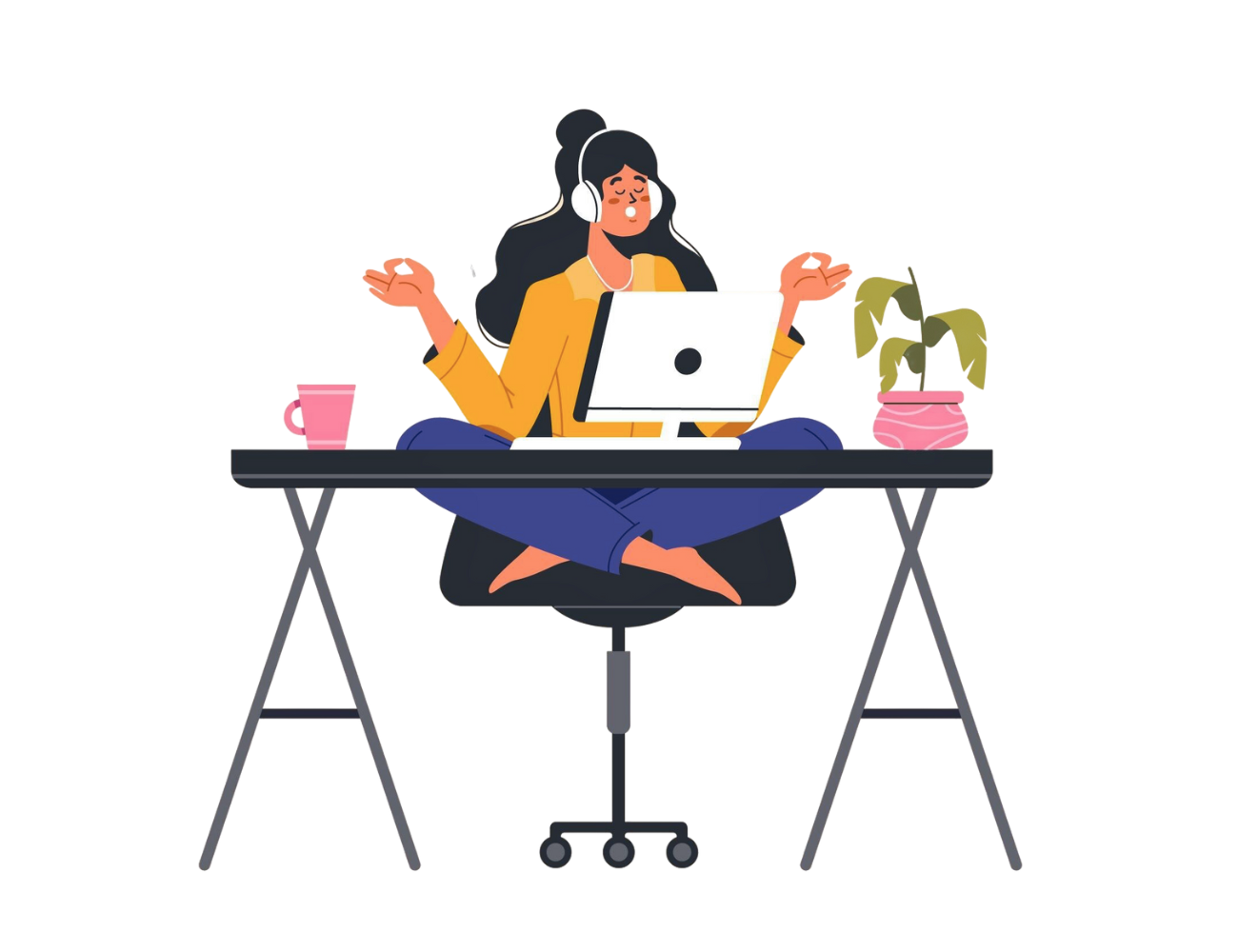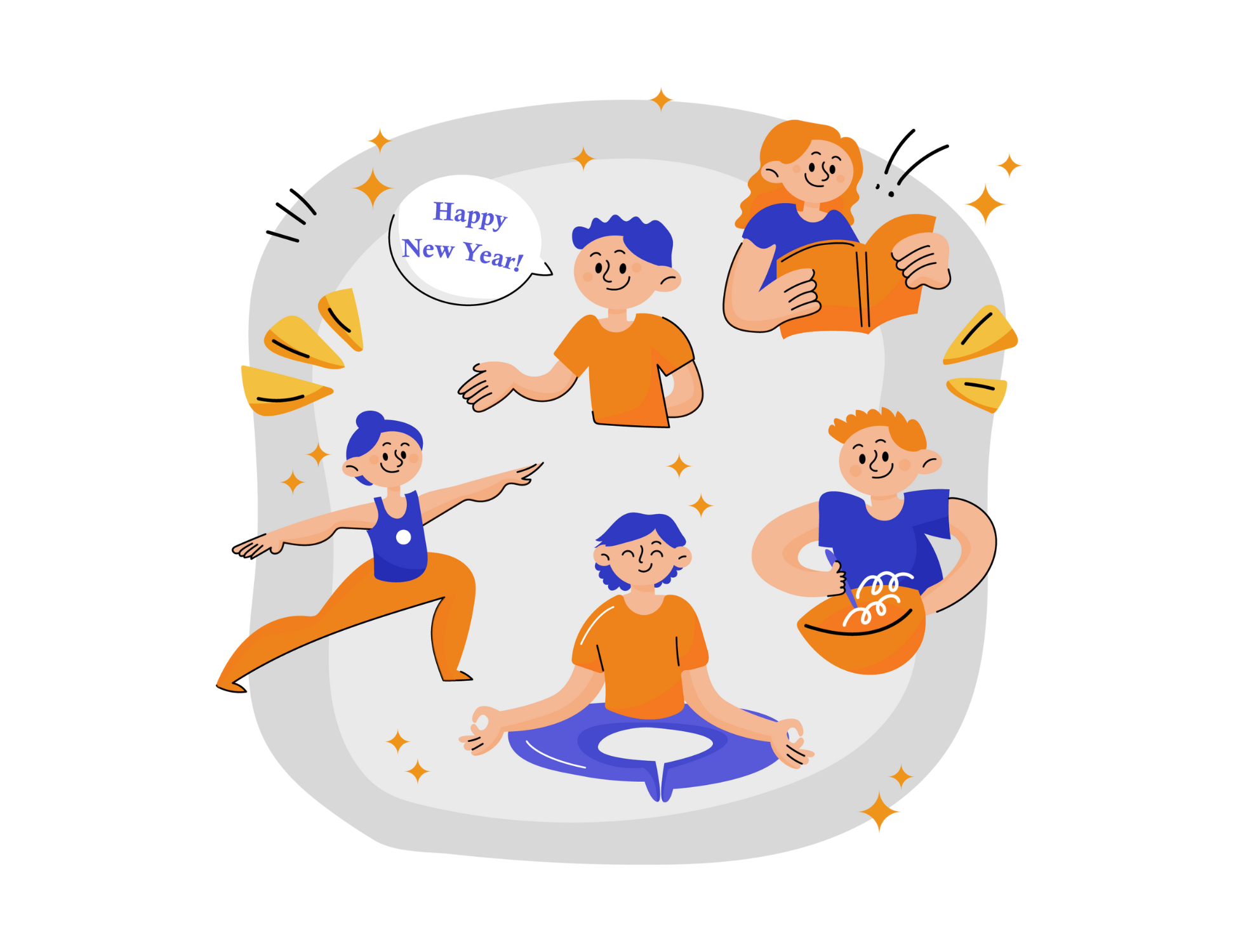For many office-based employees, a normal day consists of sitting hunched over a computer keyboard. Unfortunately, this lifestyle has adverse effects on musculoskeletal and mental health. To relieve the negative impact a work environment may have on employees, companies should incorporate yoga into their wellness program or encourage employees to take the time to reset and relieve tension independently. Share the simple office yoga sequence below, which can be completed in a just few minutes at a desk, to improve employee physical well-being and increase productivity.
Finger/Wrist Stretches
Tension builds up in the fingers and wrists when typing at a computer for extended periods of time during the workday. Complete these finger and wrist stretches to improve blood flow and relieve stress in the muscles and tendons. Not only is this stretch the simplest form of yoga for the office, but it is highly effective as well. Place a hand on the desk, palms facing down, and use the other hand to gently pull the fingers on the desk up and towards the body, feeling a stretch in the fingers, wrist, and forearm. Hold for three to five deep breaths. Then, turn the hand on the desk to have the palm facing up, and gently pull the same hand towards the wrist to counter stretch, holding for another three to five deep breaths. Release and shake out, relieving any residual tension. Complete the process on both hands.
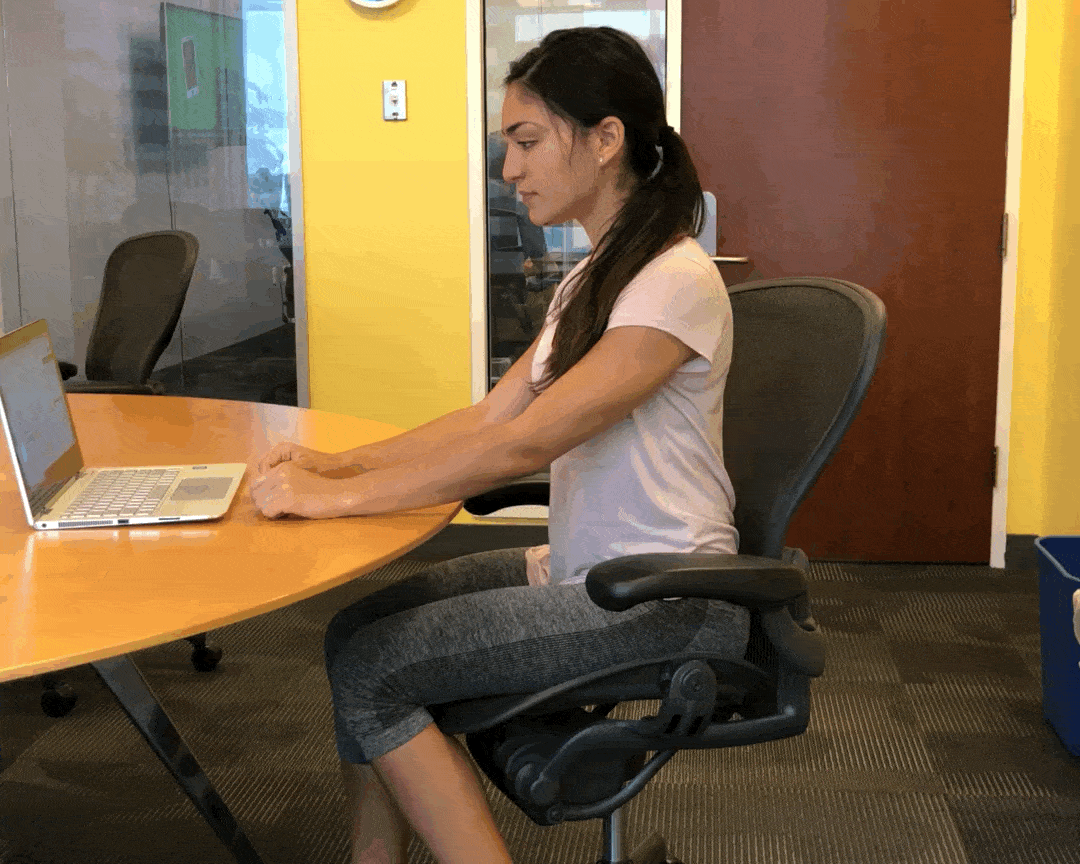
Seated Crescent Moon
When sitting at a work desk, especially over a computer, the shoulders, neck, and side body all tend to slouch and depress. Performing the seated crescent moon pose will help to lengthen the spine and relieve the neck and shoulders. To achieve this posture, reach the arms overhead, extending the fingers and drawing the thumbs towards the back of the head. Keeping the abdominals engaged, shoulders soft, and hips parallel, lean over to one side, creating as much length as possible within the side body. Hold the posture for three to five deep breaths and repeat on the other side.
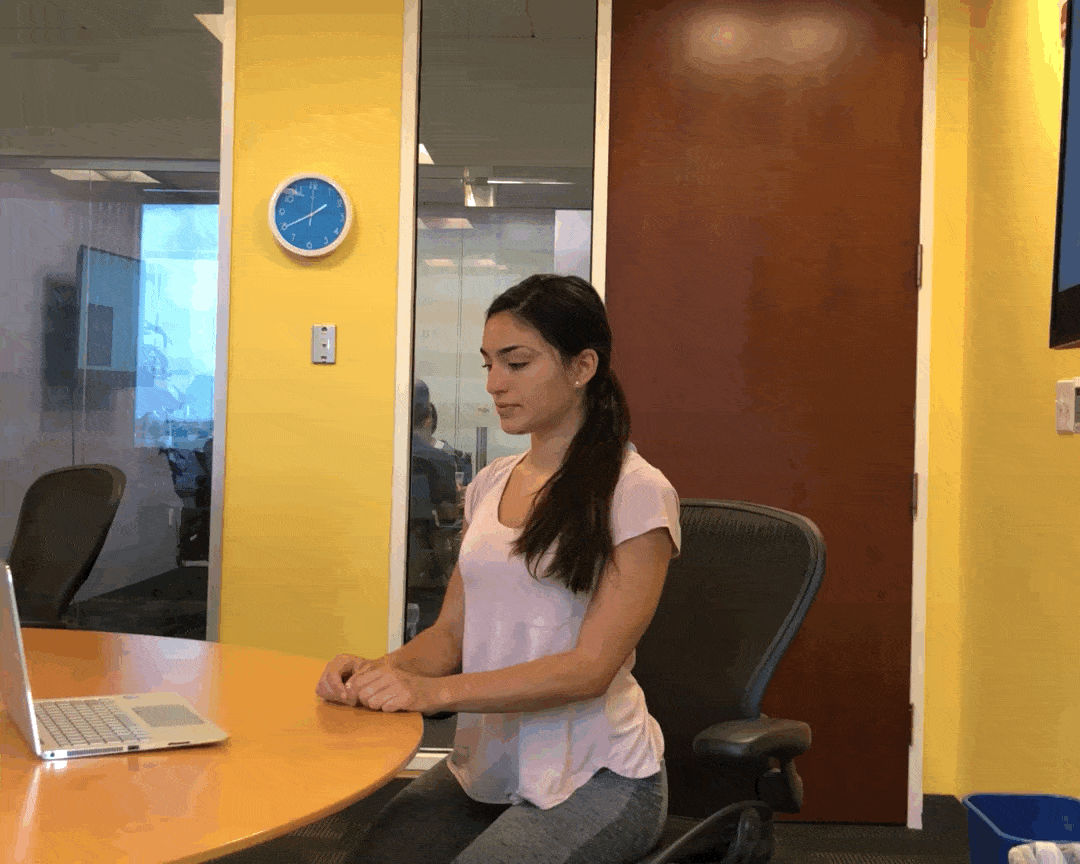
Chair Pose
Sitting all day tends to lead to underuse of the hamstrings and glutes, two muscles that are vital for healthy posture. Performing the chair pose can improve blood flow while strengthening the legs, hip flexors, and lower back. To achieve this posture, stand with the feet hip-width apart and stand tall. Bending at the knees and shifting the weight to the heels, sit the hips back and down while simultaneously tilting the torso forward. Engage the abdominals and inner thighs while maintaining a long spine and reaching the arms overhead. Make sure that the hips are parallel and weight is evenly distributed between the feet flat on the floor. Hold the posture for three to five deep breaths.
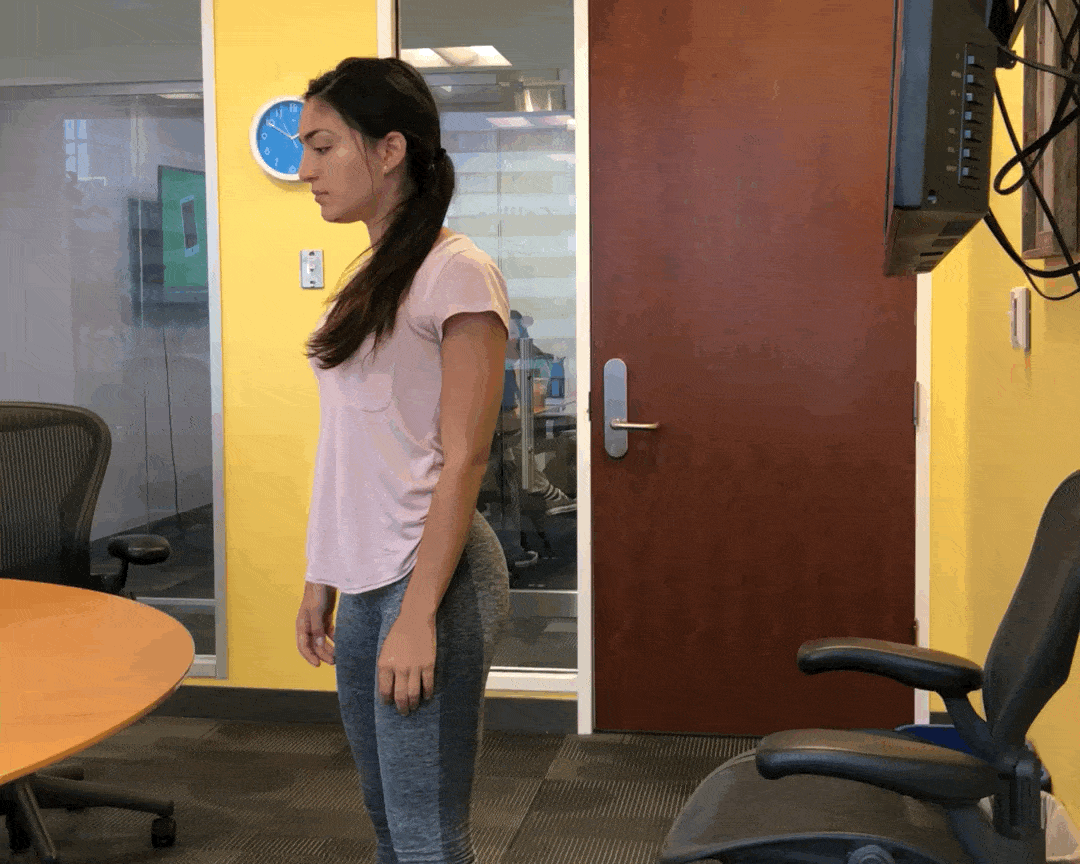
Chair Pigeon Pose
Prolonged sitting typically results in imbalances in the hips and lower back. Chair pigeon pose works to open up the hips and create length in the lower spine, helping the body find balance. To achieve this posture, which will be done while sitting, cross the ankle over the opposite knee while keeping the grounded foot flat on the floor. Maintain an even distribution of body weight in the sitting bones and sit upright, creating length in the spine. To intensify the stretch, twist towards the active hip, placing the hands on the knee to leverage and deepen the posture. Hold this pose for five to ten deep breaths and repeat on the other side.
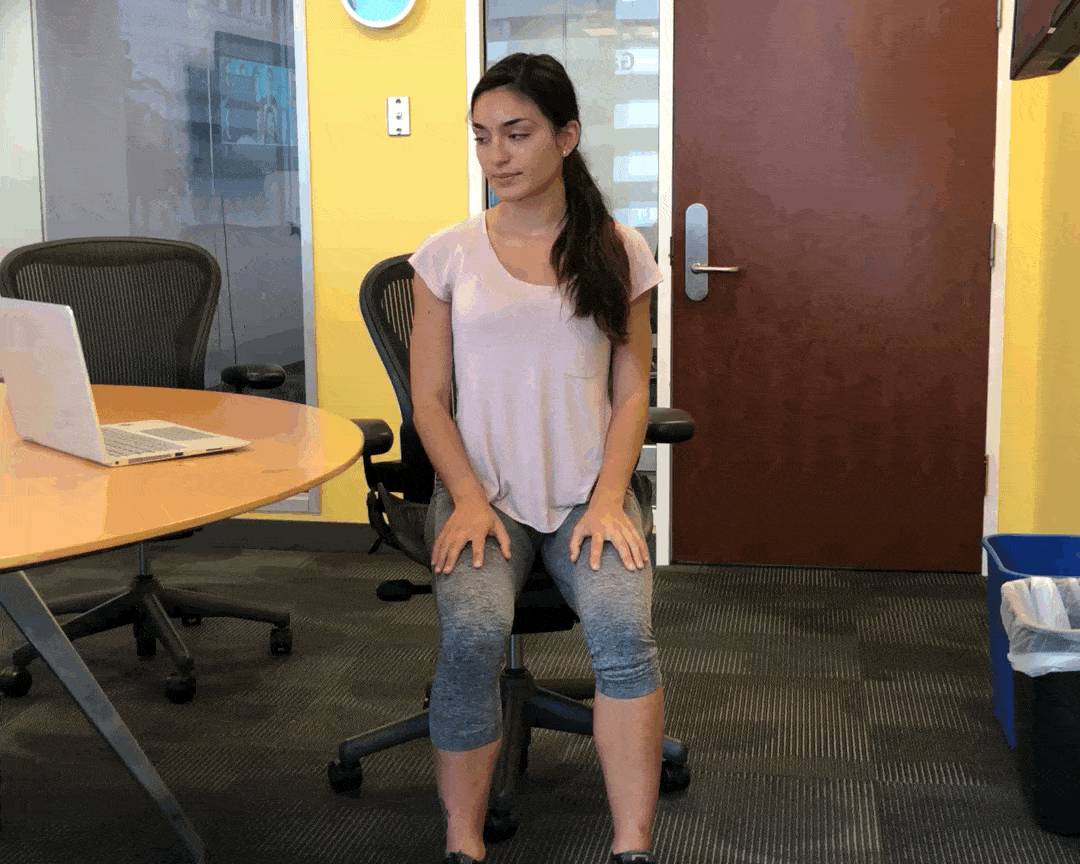
Desk Downward To Upward Dog
Working at a desk can be detrimental to posture over time. This flow will help open the chest and shoulders, align the spine, and stretch the hamstrings to help restore posture. To achieve this posture, place the hands shoulder-width apart on the edge of a desk. Step the feet back until the arms are extended straight out and parallel to each other. Keeping the feet flat on the floor and hands firmly grounded on the desk in front of you, hinge at the hips until you feel a stretch through the hamstrings, chest, shoulders, and upper back. The torso should be parallel to the floor. Hold for three to five deep breaths. Then, keeping the arms straight, lower the hips towards the desk and squeeze the shoulder blades together. Use the strength of the legs to assist this movement as opposed to sinking into the lower back. Again, hold for three to five deep breaths.
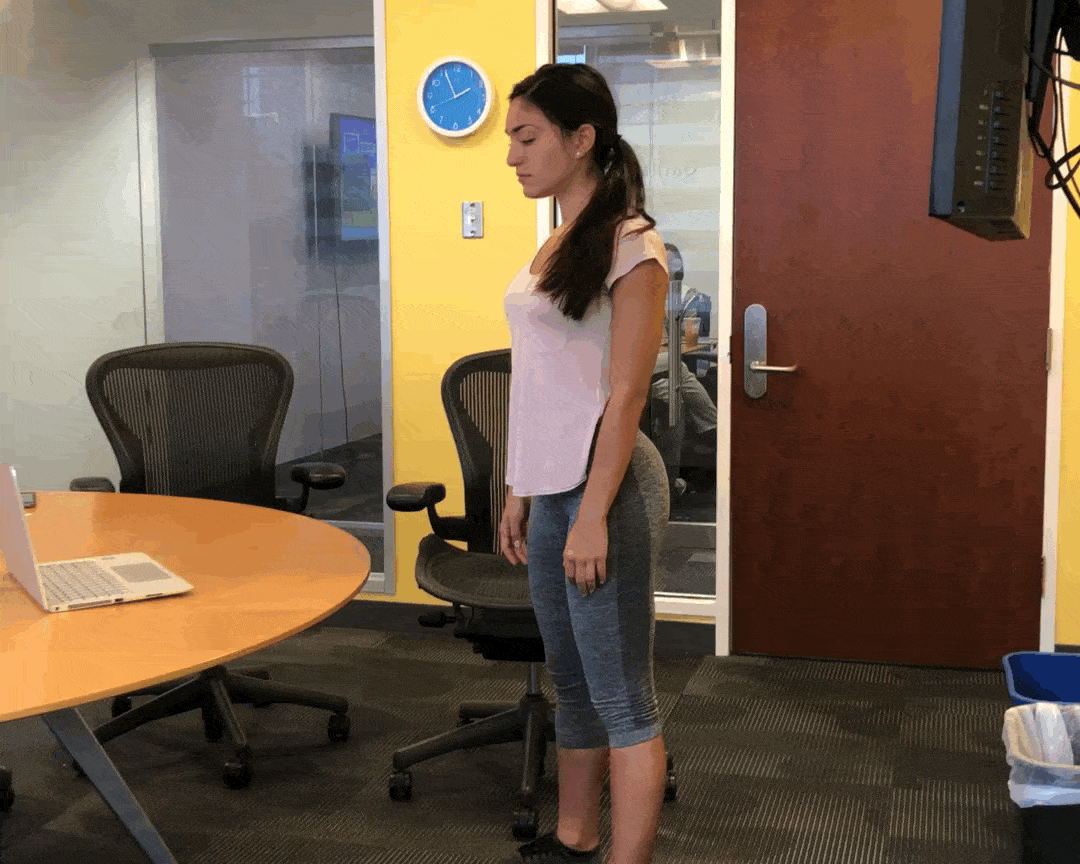
It’s no secret that working at a computer can put a lot of stress on the body and mind. Fortunately, a simple yoga practice can combat the harmful effects of sedentary work. Share this with fellow colleagues to promote physical health and mental clarity within the office community!



